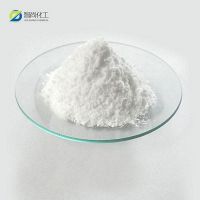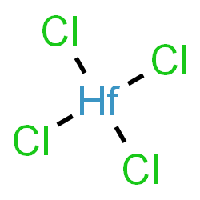Hafnium oxide deposition (CVD): Difference between revisions
Jump to navigation
Jump to search
No edit summary |
No edit summary |
||
| Line 1: | Line 1: | ||
The base of this chemical recipe and processing is Hafnium-Tetrachloride, as it can be seen in the picture. | |||
[[File:High-Quality-Hafnium-Chloride-Hafnium-Tetrachloride-Hfcl4-CAS-No-13499-05-3-with-Best-Price.jpg|200px|thumb|right|Hafnium-Tetrachloride]] | |||
You might notice that Hafnium-Tetrachloride is a solid crystal at room temperature, which is kind of a problem considering that we wanna use it as a vapor in our CVD furnace, in order to react it with oxide for obtaining a Hafnium-Oxide thin film layer. | |||
[[File:34591.png|200px|thumb|left|alt text]] | [[File:34591.png|200px|thumb|left|alt text]] | ||
Revision as of 14:41, 11 October 2022
The base of this chemical recipe and processing is Hafnium-Tetrachloride, as it can be seen in the picture.
You might notice that Hafnium-Tetrachloride is a solid crystal at room temperature, which is kind of a problem considering that we wanna use it as a vapor in our CVD furnace, in order to react it with oxide for obtaining a Hafnium-Oxide thin film layer.

